Name Thomas Campbell | Role Museum director | |
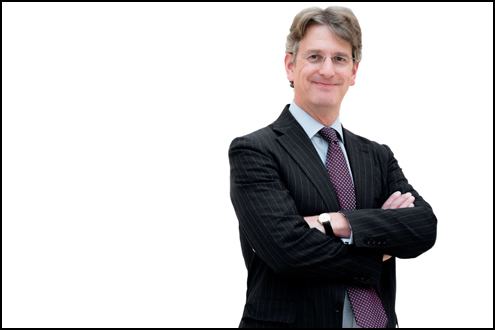 | ||
Books Tapestry in the Renaissance, Henry VIII and the Art of Majesty, The Metropolitan Museum, The Metropolitan Museum, 101 Essential Access fo Similar People Philippe de Montebello, Leonard A Lauder, Thomas Campbell, George Palmer Putnam, John Taylor Johnston | ||
Thomas p campbell weaving narratives in museum galleries
Thomas P. Campbell, Ph.D. (born 1962), was the ninth director of The Metropolitan Museum of Art, the largest art museum in the Western Hemisphere. After 14 years as a curator in the Department of European Sculpture and Decorative Arts, specializing in tapestries, he was appointed the museum's director and CEO on September 9, 2008. On June 30th, 2017, Campbell stepped down as director and CEO of the Metropolitan Museum of Art and accepted a fellowship offer from the J. Paul Getty Museum based in Los Angeles.
Contents
- Thomas p campbell weaving narratives in museum galleries
- A message from the met s director thomas p campbell december 2010
- Early life
- Career
- Personal life
- References
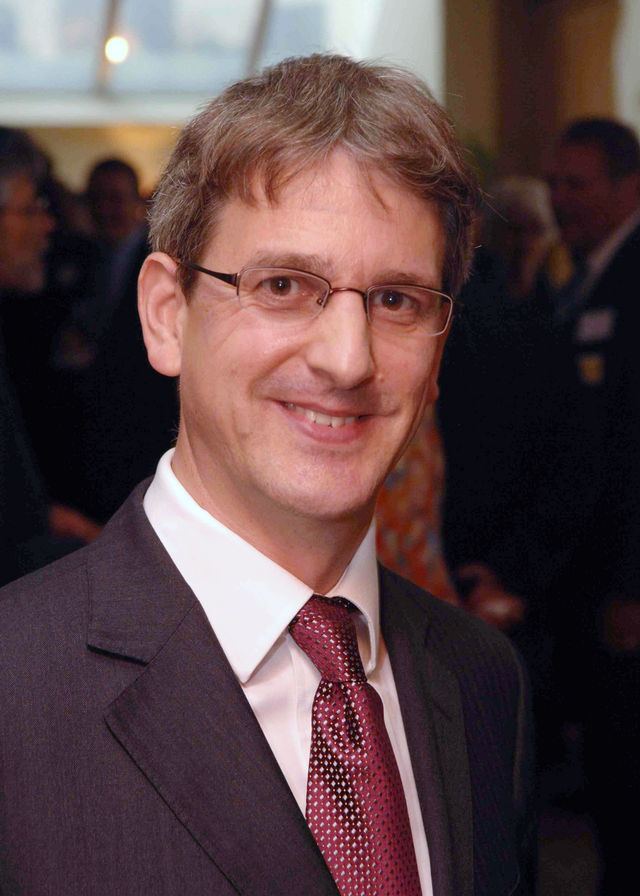
A message from the met s director thomas p campbell december 2010
Early life
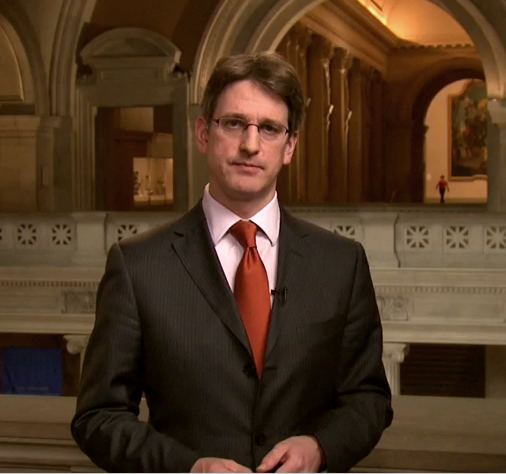
Campbell was born in Singapore and raised in Cambridge, England, where he attended The Perse School. He earned a BA in English language and literature at New College, Oxford in 1984, followed by a Diploma from Christie's Fine and Decorative Arts course, London, in 1985. While studying for his master's degree at the Courtauld Institute of Art (1987), he discovered how much mainstream art history had overlooked the major role of tapestry in European art and propaganda. During the following years, he worked to rectify this oversight by creating the Franses Tapestry Archive in London (1987–94), which, with more than 120,000 images, is the largest and most up-to-date information resource on European tapestries and figurative textiles in the world. His early research culminated in several groundbreaking research articles and a PhD from the Courtauld Institute of Art, University of London (1999) on the art and culture of King Henry VIII's court.
Career
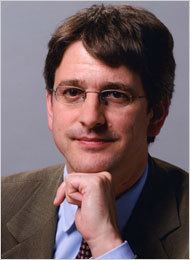
Campbell worked in the Metropolitan Museum's Department of European Sculpture and Decorative Arts for 14 years, rising steadily through the curatorial ranks as assistant curator (1995 to 97), associate curator (1997 to 2003), and curator (2003 to December 2008). During this time, he conceived and organized the major exhibitions Tapestry in the Renaissance: Art and Magnificence (2002) and Tapestry in the Baroque: Threads of Splendor (New York, 2007; Palacio Real, Madrid, spring 2008), both of which incorporated drawings, paintings, and prints, as well as tapestries, and received widespread acclaim. The 2002 show was named "Exhibition of the Year" by Apollo magazine, and its catalogue won the Alfred H. Barr, Jr. Award (College Art Association) for distinguished exhibition catalogue in the history of art (2003) Beginning shortly after his arrival at the museum, he also served as supervising curator of The Antonio Ratti Textile Center, which houses the Museum's encyclopedic collection of 36,000 textiles and is one of the world's preeminent centers of textile studies.
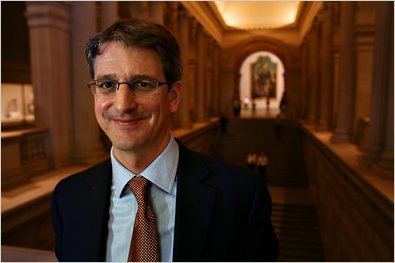
The fiscal year from July 1, 2011 to June 30, 2012 saw the Met's highest attendance in 40 years, rising to 6.28 million. During that year, the museum also opened extensive new galleries for both its Islamic and American art and launched a redesigned website that now attracts more than 44 million visits per year. The museum is currently developing plans to renovate The Costume Institute and redesign the Museum's Fifth Avenue plaza and fountains. In March 2016, the Met Breuer opened: a collaboration with the Whitney Museum, in which the its landmark Marcel Breuer-designed building, on Madison Avenue and 75th Street, serves as the Met's prime venue for exhibiting contemporary and modern art.
Addressing both scholars and the general public, at institutions and museums in the United States and abroad, Campbell has lectured and taught on European court patronage and the relationship between tapestry and other arts. He has also published on the subject of historic European textiles with respect to other art forms of the same periods. He authored the book Henry VIII and the Art of Majesty: Tapestries at the Tudor Court (Yale University Press, 2007) and his articles have appeared in leading scholarly journals, such as Burlington Magazine, Apollo Magazine, Studies in the Decorative Arts, and Gazette des Beaux-Arts. He has been the recipient of awards and fellowships, including the Iris Foundation Award (Bard Graduate Center) for a scholar in mid-career deserving recognition for outstanding contributions to the study of decorative arts (2003).
According to the 2014 IRS form 990, filed by the Met, Thomas Campbell was compensated $950,762 "from the organization," with an additional $344,604 "in estimated amounts of other compensation from the organization and related organizations." On 30 June 2017, Campbell ended his tenure as director at the Metropolitan Museum as reported by Robin Pogrebin at The New York Times on 27 July 2017 stated: "Thomas P. Campbell, who last month ended his tumultuous tenure as chief executive of the Metropolitan Museum of Art, has been chosen as the second recipient of the Getty Rothschild Fellowship, the J. Paul Getty Museum and the Rothschild Foundation announced on Thursday. The fellowship supports scholarship in art history, collecting and conservation, offering art historians, museum professionals or conservators up to eight months of research and study at the Getty in Los Angeles and Waddesdon Manor in Buckinghamshire, England."
Personal life
Campbell is married and lives in New York City. He and his wife Phoebe have a son and daughter.
